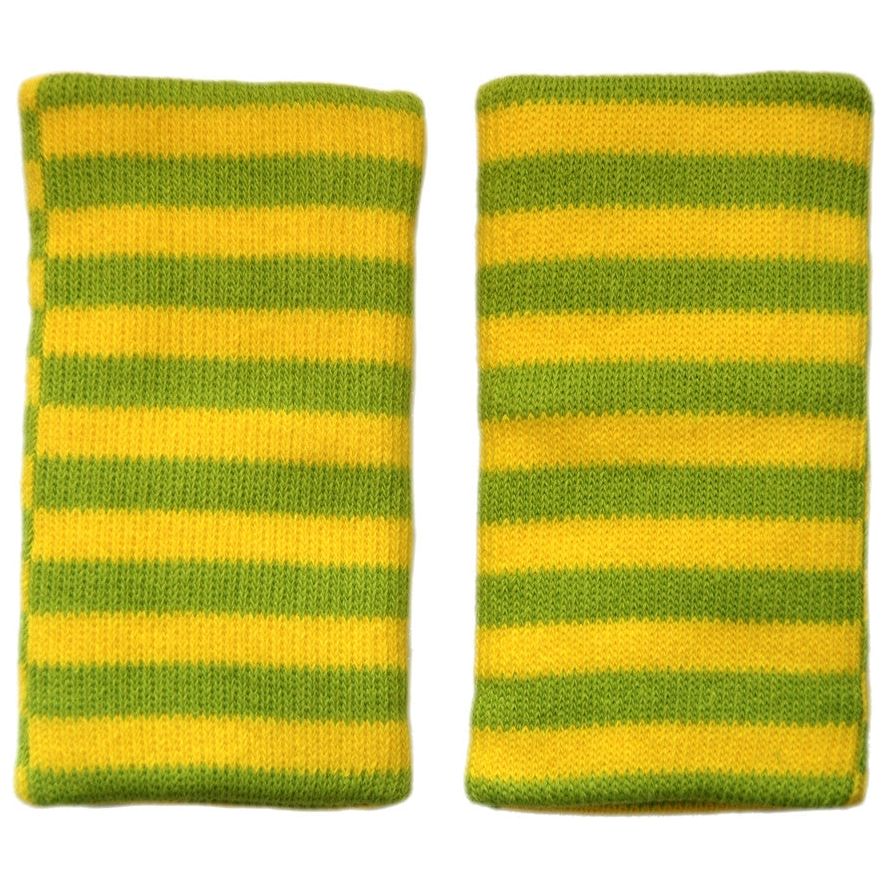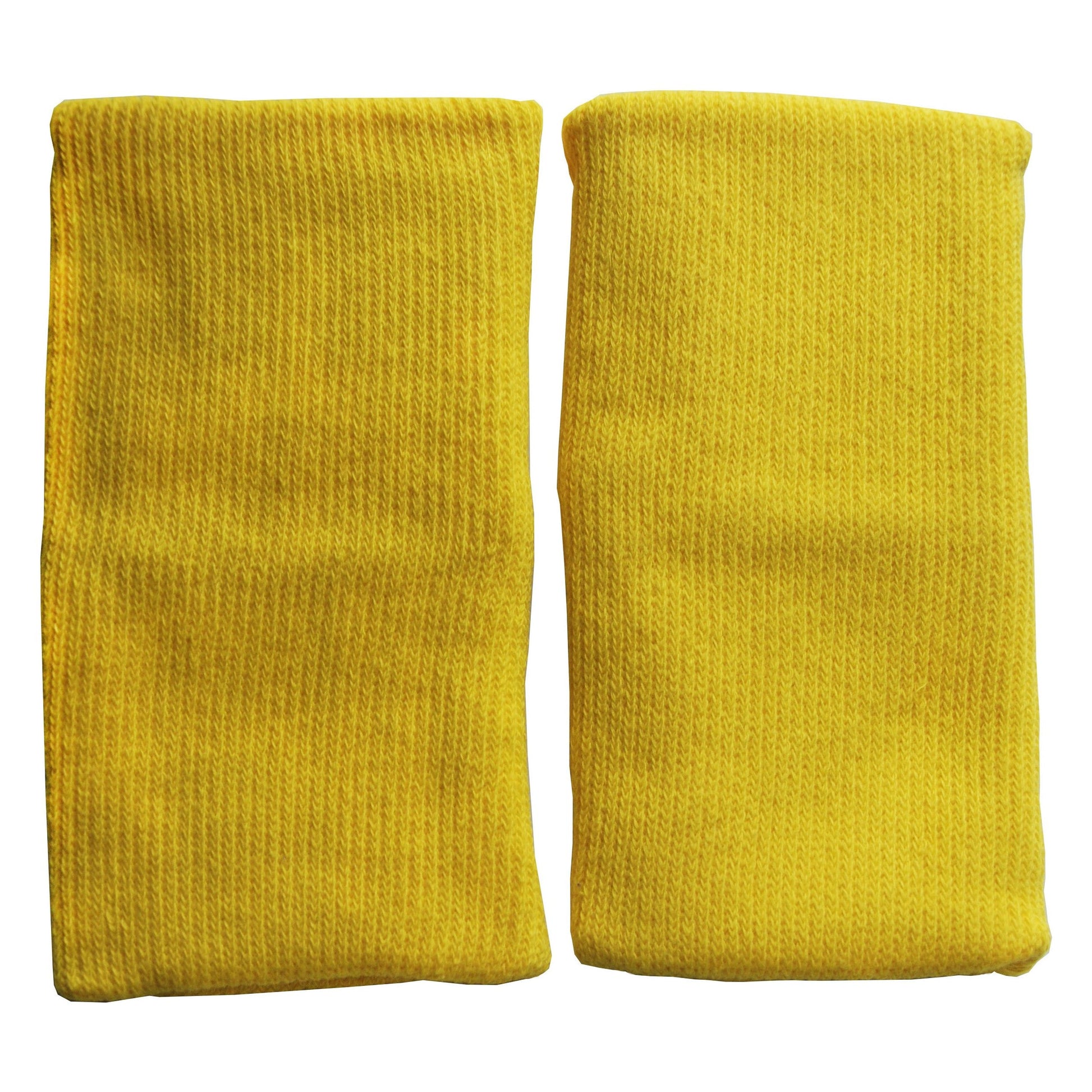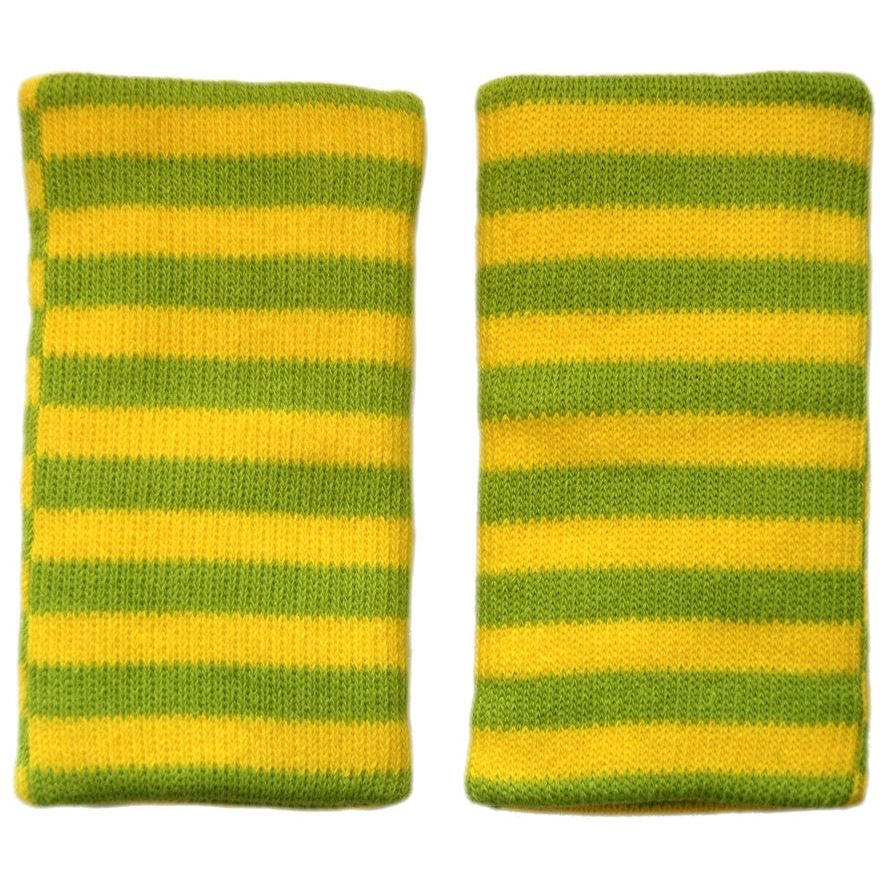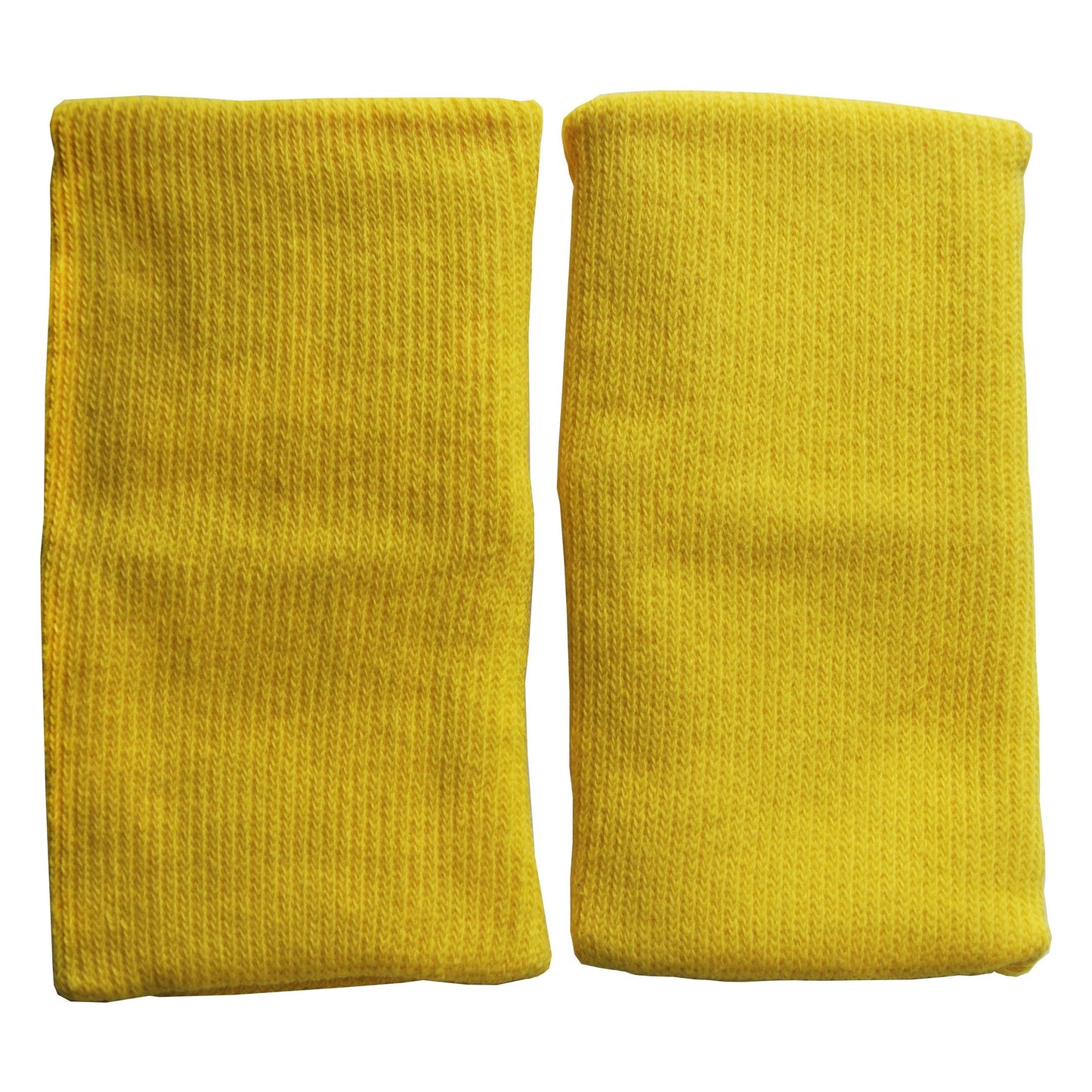As parents, we naturally want our children to explore and enjoy the great outdoors. Exposure to nature can provide numerous health benefits, promote physical development, and stimulate a child's curiosity and imagination. However, the outdoor environment also presents unique challenges and potential risks to safety. Here's a look at some key strategies to keep your child safe while they explore the great outdoors.
Supervision and Boundaries
Perhaps the most important safety measure is active supervision. Keeping an eye on your child ensures that you can intervene if they get too close to a potential danger, such as a body of water, a steep slope, or an unfamiliar animal. It's also essential to establish clear boundaries on where they can go and what areas are off-limits.
Weather and Sun Protection
Outdoor activities expose your child to the elements, so it's crucial to dress appropriately for the weather. In hot conditions, ensure your child stays hydrated, apply sunscreen regularly, and encourage breaks in the shade. In cold weather, dress your child in layers to maintain body warmth.
Protective Gear
When it comes to active outdoor play, protective gear is a must. Helmets for biking or skateboarding, wrist guards for rollerblading, and knee pads for any activity that involves a lot of running, jumping, or climbing can prevent minor injuries from turning into serious ones.
For instance, KneeBees offers soft knee pads for children that are perfect for outdoor use. These knee pads feature a unique double-layered design that absorbs the friction from a fall, protecting the child's knee from scrapes and grazes. Parents have found them effective in preventing injuries when their children play outside, whether they're just starting to walk or they're older and more accident-prone.
Teaching Safety Skills
Finally, teaching your child basic safety skills is paramount. This includes understanding the importance of staying within the established boundaries, recognizing potential hazards (like a broken glass on the ground or a large, unfriendly dog), and knowing what to do in case they get lost.
In conclusion, while it's essential to let children enjoy and explore the great outdoors, it's equally important to ensure their safety. By combining active supervision, appropriate clothing, protective gear, and teaching safety skills, you can provide a safe environment for your child to grow, learn, and have fun.



























